

Whenever we 'sophisticated' Catholics encounter events such as these, oftentimes, there is an urge to relegate such practices to superstition and an unenlightened mind. Seeing the faithful, in their thousands rushing forth, kissing the image of the Nazarene, straining to touch it, to touch a piece of cloth to the image, alarm bells go off. Have the people descended into idolatry? Have they set up this image in the place of God?

From personal experience, and from those I have spoken to who have taken part in such displays, the answer would be a resounding No! It is not the image in and of itself that they revere, but Jesus the Christ through the image. When they crowd around the image of the Nazarene, when they pour forth raise their hands in prayer and supplication, it is Christ Jesus Himself whom they call, to whom they pray. The image of the Nazarene helps them focus their prayers, serves as a visible sign of the Christ, made real to them, incarnate to them.

Through the Incarnation, God took on flesh, became flesh and dwelt amongst us. Through that event, the material world is redeemed and matter itself, through the sacraments become channels of grace. So too images such as these which serve to bring about a sense of presence and communion between the people and their God.
Let us not be too quick to judge for the line between superstition and absolute trust and faith isn't always clear. A woman long ago too, like the people in the throngs in Manila, rushed up and pushed her way through the crowds, just to touch the hem of the robe of a man. Through her great faith, that simple act served as a channel of healing. Her faith made her well, but her faith coupled with the act of a simple touch, as the Gospel's of Mark and Luke testify.


Can we not believe that for many in that crowd too, Jesus might say "Daughter, your faith has made you well; go in peace, and be healed?"

The Feast of the Black Nazarene - The Great Granddaddy of All Processions
Devotees did not mind the party atmosphere and the crowded surroundings as they patiently lined up Tuesday for an opportunity to kiss or touch the image of the Black Nazarene inside the Quiapo Church in Manila. Though the practice of offering prayers, kissing or wiping the foot of the image can be done anytime throughout the year, devotees still prefer to do it during the feast of the Nazarene in January.
According to devotees, the Nazarene, Jesus Christ, performs miracles and answers their prayers.
Thousands of the faithful joined the annual feast of the Black Nazarene in Quiapo, Manila on Wednesday.
The whole-day event will started with a Mass at 6 a.m. presided by Manila Archbishop Gaudencio Rosales.
Another mass was celebrated by Manila Auxiliary Bishop Broderick Pabillo at the Minor Basilica of the Black Nazarene (Quiapo Church) in the afternoon.
After the mass, the traditional procession of the Black Nazarene commenced.
Church officials asked the assistance of the police as they expect a huge number of devotees to attend the annual gathering, so as to prevent a repeat of the accident last January 1 where six devotees were injured during the thanksgiving procession of the Black Nazarene.
The barefooted devotees were accidentally run over by the wheels of the carriage, carrying the "Nazareno."
The organizers held the procession of the replicas of the image last Monday for the faithful to fulfill their devotions and to lessen their number during the Wednesday event.
Monsignor Jose Clemente Ignacio, rector of Quiapo Church, urged the public to take advantage of the occasion to strengthen their relationship with God.
"Confess, pray and deepen your relationship with God. Evil is lurking so much in the world and we hope from the heart of Jesus that this will lead to change that will bring forth hope to our country," he said.
History
The image of the Nazarene was brought to Manila on May 31, 1606, the first group of Augustinian Recollect missionaries. The missionaries from Mexico brought the the life-size image of Our Lord and Savior Jesus Christ genuflected under the weight of the cross.
The ship had caught fire and the image was burned. But people decided to preserve and honour it. Since then, miraculous things have been reported by those who touch it.
The image was enshrined at the first Recollect church in Bagumbayan, now called Luneta, which was inaugurated on Sept. 10, 1606, and placed under the patronage of the glorious precursor and martyr, Saint John the Baptist.
In 1608, the second biggest Recollect church dedicated to Saint Nicholas of Tolentine was completed inside Intramuros where the image was transferred. The Recollect Fathers then vigorously promoted devotion to the Suffering of Our Lord represented by the image, and in just 15 years, the Confradia de Jesus Nazareno was established on April 21, 1621.
The confraternity obtained Papal approval on April 20, 1650, from His Holiness Pope Innocent X.
Sometime between 1767 and 1790, then Archbishop of Manila Basilio Sancho de Santas Justa, ordered the transfer of the image of the Nazareno to the Quiapo Church, again providentially placed under the patronage of Saint John the Baptist.
In Quiapo, the devotion to the Nazarene attracted an even bigger following. Its popularity, which initially spread to the northern and southern provinces of Luzon, stretched throughout the country.
The distinct Filipino devotion to the Black Nazarene also merited the sanction and encouragement of two Popes: Innocent X who issued a Papal Bull in 1650 canonically establishing the Confradia de Jesus Nazareno, and Pius VII, who granted indulgence to those who piously pray before the image of the Black Nazarene of Quiapo in the 19th century.
The image survived the great fires that destroyed Quiapo Church in 1791 and 1929, the great earthquakes of 1645 and 1863, and the destructive bombing of Manila in 1945 during World War II.
![[Unam Sanctam]](https://blogger.googleusercontent.com/img/b/R29vZ2xl/AVvXsEiymQ2adTjpZ1ABhPBbBBquiPCxeQrc4Jy_97vOikT0wGQeJleriiXQy6ebnb0jrYe-TfvcK77txStB4aIwVAdD41ZdMkVfNtFGC0JX6LBV9B8mfeRZaIAM7Sj-011ag3DiKQzv/s1600/headerdivinemercy.jpg)























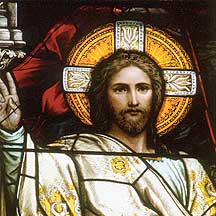
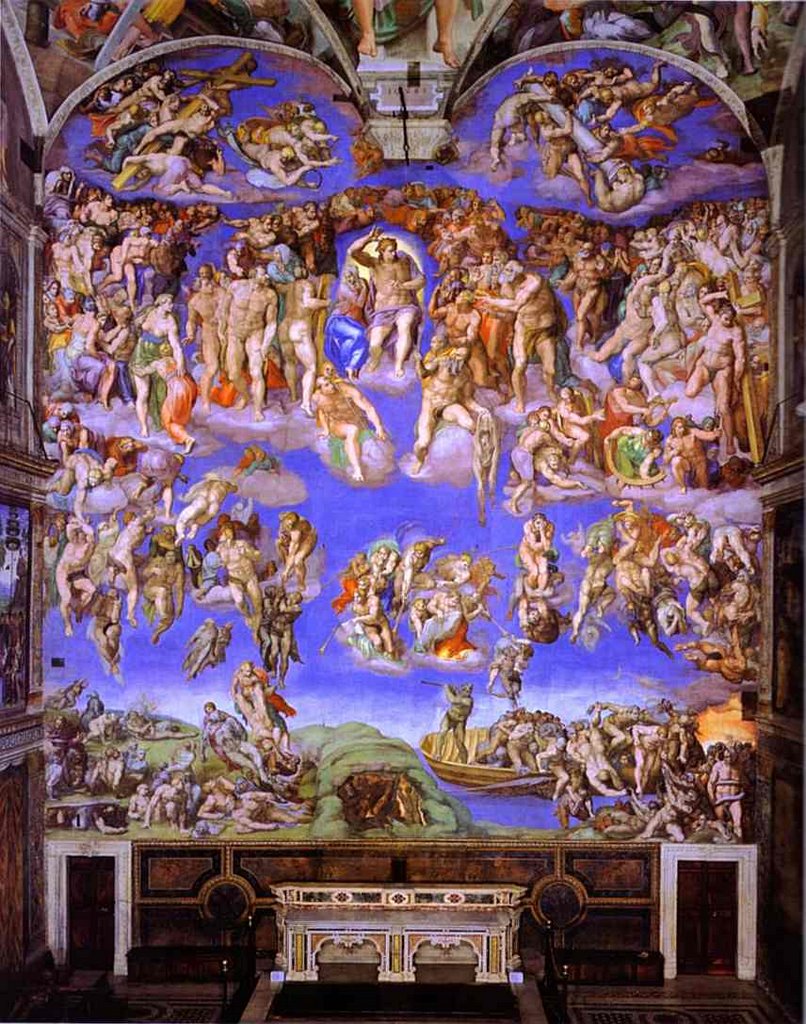


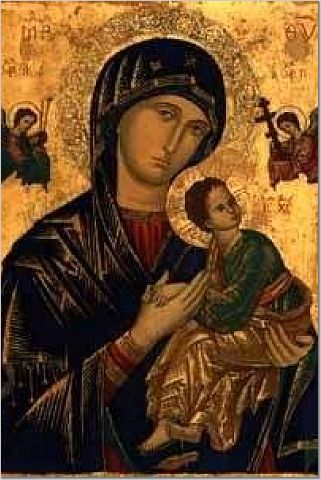



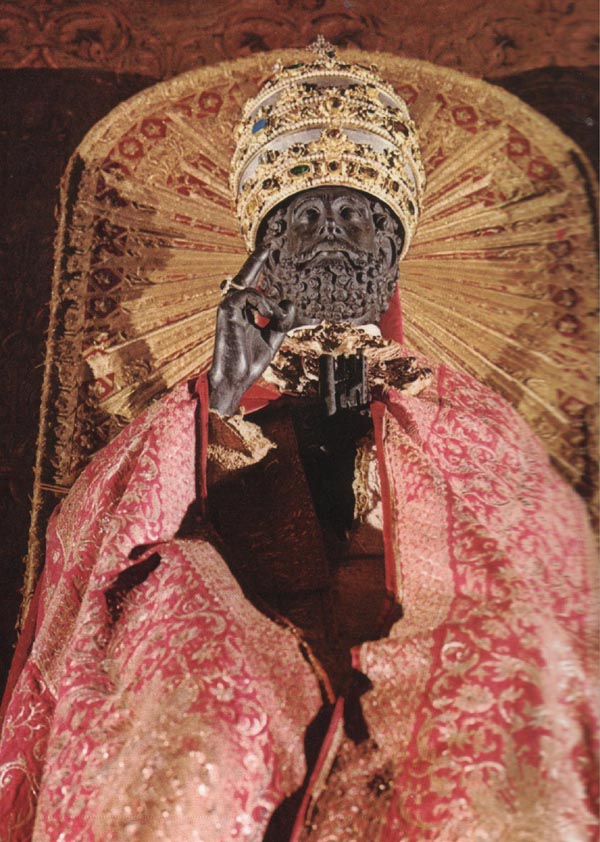
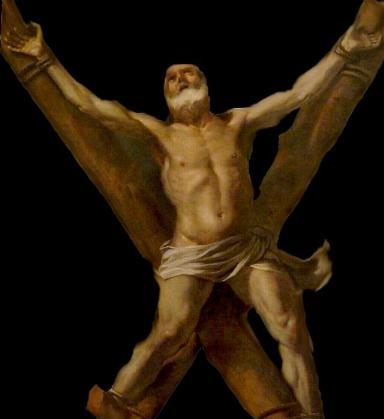

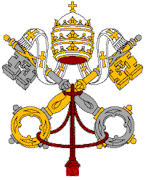


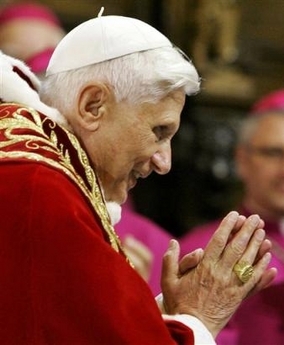






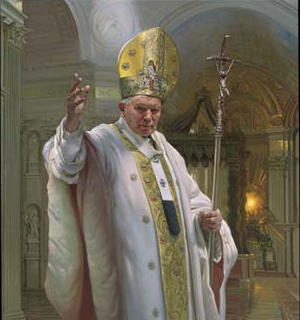
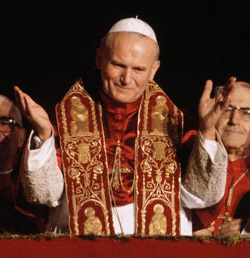
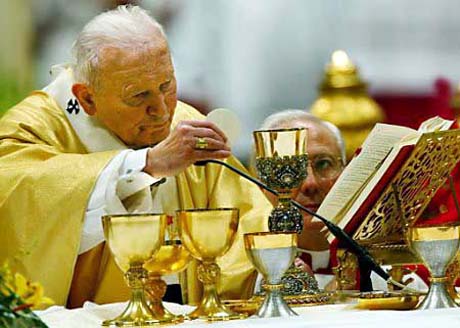







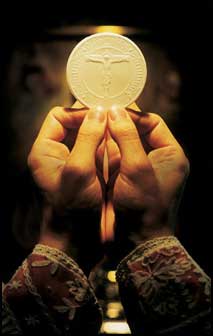
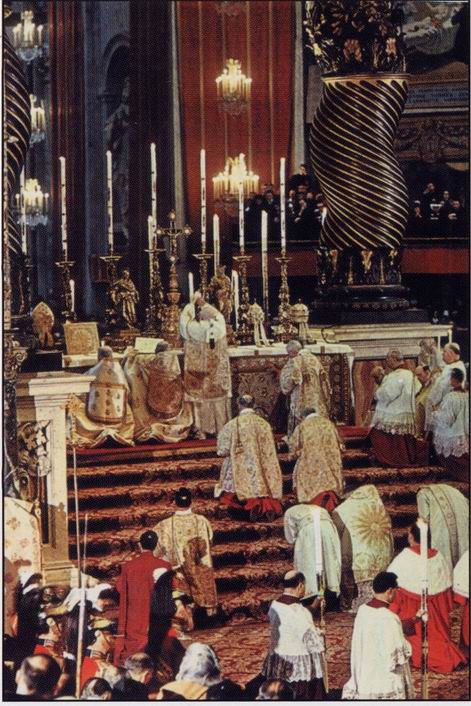



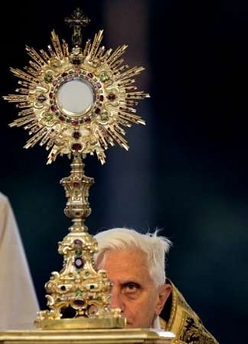


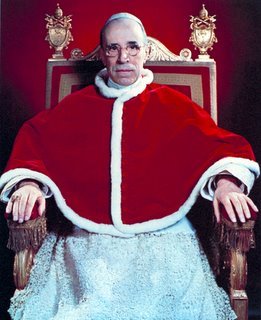




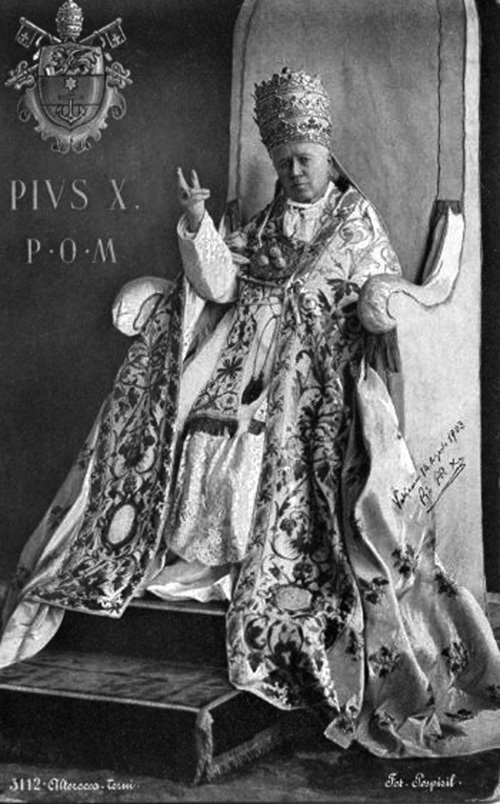










2 comments:
It's estimated that some 2.6 million people trooped to Quiapo to give honor to the Black Nazarene. It gives me the goosebumps just thinking about it
My that looks impressive!
Post a Comment